Home>Interior Design>The Best Way To Paint Edges Without Tape For Quick Cutting In
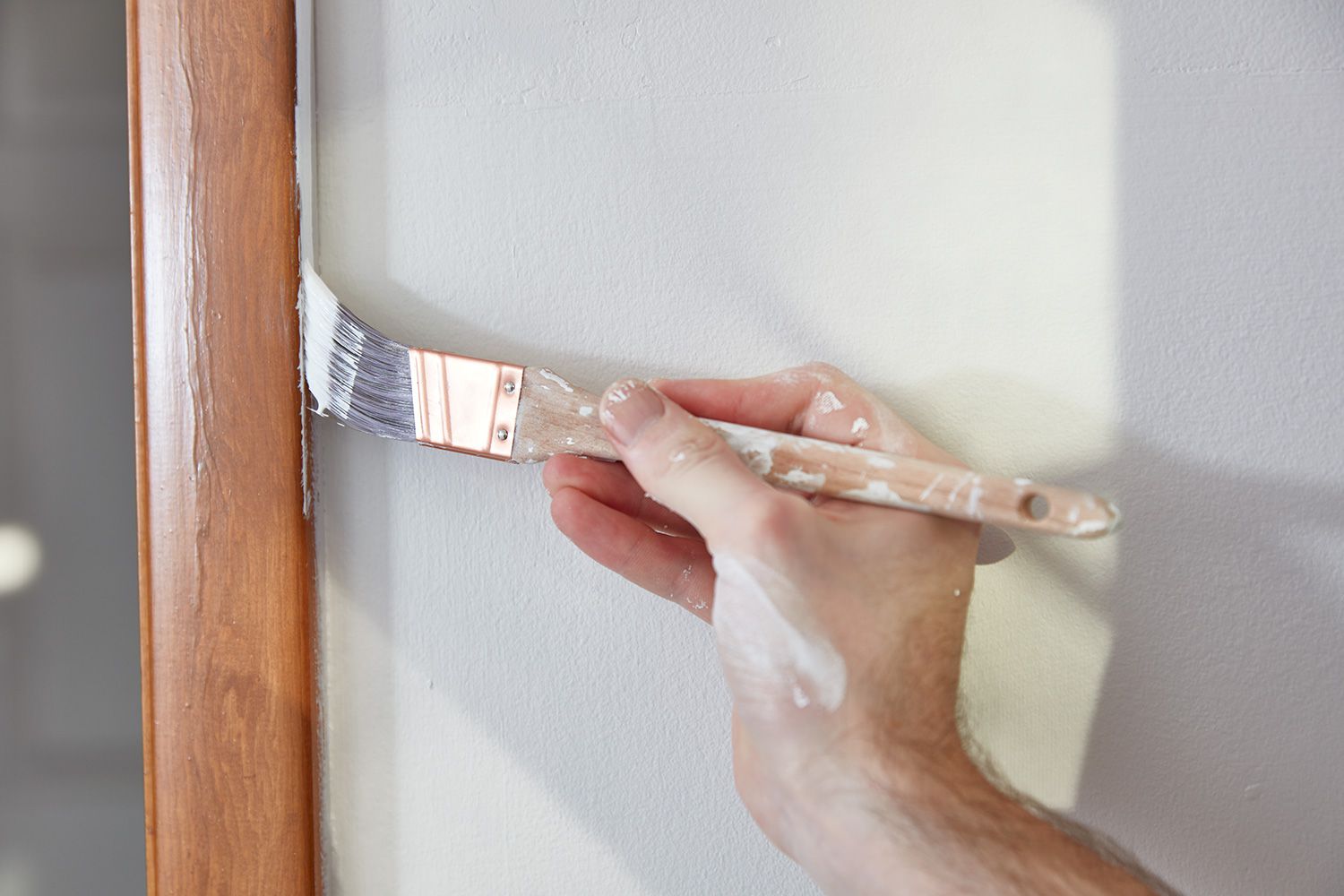

Interior Design
The Best Way To Paint Edges Without Tape For Quick Cutting In
Modified: January 19, 2024
Achieve flawless edges in your interior design projects with our foolproof method for quick cutting in. Say goodbye to tape and hello to professional results.
(Many of the links in this article redirect to a specific reviewed product. Your purchase of these products through affiliate links helps to generate commission for Storables.com, at no extra cost. Learn more)
Introduction
Welcome to the world of interior design, where every detail matters. When it comes to painting, achieving clean and precise edges can make a significant difference in the overall look and feel of a space. Traditionally, painters rely on masking tape to create crisp lines. However, using tape can be time-consuming, tedious, and may even result in paint bleed or uneven edges.
But fear not! There is a better way to paint edges without tape – the cutting-in technique. This technique allows you to quickly and efficiently paint along the edges without the hassle of tape. Whether you’re a professional painter or a DIY enthusiast, mastering this technique can elevate your interior painting game to the next level.
In this article, we will dive into the world of cutting-in without tape. We’ll explore the tools and materials needed, provide a step-by-step guide, offer tips and tricks for achieving clean edges, and highlight common mistakes to avoid. By the end, you’ll be equipped with the knowledge and skills to paint edges like a pro.
Key Takeaways:
- Master the cutting-in technique to paint edges without tape, achieving professional results with greater efficiency and flexibility. Say goodbye to time-consuming taping and hello to flawless edges!
- Equip yourself with the right tools, materials, and techniques to achieve clean and precise edges without relying on tape. Embrace the cutting-in method for a seamless and professional interior painting experience.
Read more: How To Paint Ceiling Edges Without Tape
Understanding the Cutting-In Technique
The cutting-in technique is a method used to paint along the edges of a surface without using masking tape. It involves using a brush or edging tool to create clean lines and achieve a professional finish. This technique is particularly useful when painting walls, ceilings, trim, or any surface that requires precise edges.
One of the main advantages of cutting-in is its efficiency. Unlike using tape, cutting-in allows you to paint directly without the need for time-consuming preparation. It also allows for greater flexibility, as you can easily navigate around obstacles, corners, and intricate details.
To effectively cut-in, it’s important to choose the right brush or edging tool. A brush with angled bristles, known as a cutting-in brush, is commonly used for this technique. The angled shape allows for better control and precision when painting along edges. Additionally, there are various edging tools available in the market, such as edging pads or trim guides, which can also yield excellent results.
Before starting the cutting-in process, it’s crucial to prepare the surface properly. Remove any dust, dirt, or debris from the area to ensure smooth and even paint application. It’s also advisable to use a high-quality paint that provides good coverage and is suitable for the surface you’re painting.
Once you have the right tools and a properly prepared surface, it’s time to master the cutting-in technique. The key is to maintain a steady hand and apply the paint in thin, even strokes. Start by loading the brush or tool with an adequate amount of paint, then carefully edge along the surface with a steady and controlled motion. It’s important to blend the paint into the surrounding area seamlessly, ensuring a consistent appearance.
While cutting-in can be a slightly more advanced technique compared to using tape, with practice and patience, you can achieve professional-looking edges. By mastering this technique, you’ll have the freedom to paint with precision and confidence, resulting in a flawless finish.
Tools and Materials Required
To successfully paint edges without tape using the cutting-in technique, you’ll need a few essential tools and materials. Here’s a list of what you’ll need:
- Cutting-in brush: Look for a high-quality brush with angled bristles specifically designed for cutting-in. The angled shape allows for better control and precision when painting along edges.
- Edging tool: If you prefer not to use a brush, there are alternative edging tools available, such as edging pads or trim guides.
- Paint: Choose a high-quality paint that is suitable for the surface you’re painting. Opt for a paint that provides good coverage and a smooth finish.
- Paint tray or bucket: Use a paint tray or bucket to hold the paint and load your brush or edging tool.
- Drop cloth or plastic sheet: Protect the surrounding area by covering it with a drop cloth or plastic sheet to prevent paint splatters or spills.
- Painter’s tape (optional): While the cutting-in technique eliminates the need for tape, you may still want to use painter’s tape to protect surfaces that you don’t want to paint, such as baseboards or windows.
- Paint thinner (if using oil-based paint): If you’re using oil-based paint, you’ll need paint thinner to clean your brushes or edging tools.
- Clean cloth or rag: Keep a clean cloth or rag nearby to wipe off any excess paint or to clean up any mistakes.
Having these tools and materials ready before you start painting will ensure a smooth and efficient cutting-in process. It’s important to invest in high-quality tools and paints to achieve the best results.
Step-by-Step Guide to Cutting-In Without Tape
Now that you have the necessary tools and materials, let’s dive into the step-by-step process of cutting-in without tape:
- Prepare the area: Start by clearing the area and removing any furniture or obstacles that may get in the way. Cover the floor and any nearby surfaces with a drop cloth or plastic sheet to protect them from paint splatters.
- Load the brush or edging tool: Dip the cutting-in brush or edging tool into the paint, tapping off any excess to avoid drips. The bristles or pad should be coated with a sufficient amount of paint.
- Start at the top: Begin the cutting-in process at the topmost part of the wall or surface you’re painting, such as the ceiling or crown molding. Work your way down, moving horizontally or vertically as needed.
- Hold the brush or tool correctly: Hold the brush or edging tool in a comfortable position, using a grip that feels natural to you. This will ensure better control and precision while painting.
- Edge along the surface: Slowly and steadily edge along the surface, applying the paint with light pressure. Aim to create even, thin strokes along the edge, overlapping slightly with the previously painted area to blend the paint seamlessly.
- Work in sections: Divide the surface you’re painting into manageable sections. Paint one section at a time, ensuring that the edges are neat and clean before moving on to the next section.
- Blend the paint: As you work, periodically step back to assess your progress and ensure that the paint is evenly applied. Use long, smooth strokes to blend any brush marks or uneven areas as you go.
- Frequently reload the brush or tool: To maintain a consistent flow of paint, reload the brush or edging tool frequently. This will ensure that you have enough paint on the bristles or pad to create clean lines.
- Clean up any mistakes: If you make any mistakes or accidentally get paint on surfaces you don’t want to paint, use a clean cloth or rag to wipe it off immediately. This is easier to do when the paint is still wet.
- Step back and admire your work: Once you’ve completed the cutting-in process, step back and admire your clean and precise edges. Allow the paint to dry according to the manufacturer’s instructions before proceeding with the rest of the painting project.
By following this step-by-step guide, you’ll be able to paint edges without tape using the cutting-in technique. It may take a bit of practice to master the skill and achieve perfectly painted edges, but with time and patience, you’ll become a pro.
Use an angled brush and steady hand to carefully cut in along edges without tape. Start with a small amount of paint on the brush and work in small sections for better control.
Tips and Tricks for Achieving Clean Edges
When it comes to achieving clean edges while cutting-in without tape, a few tips and tricks can make a big difference. Here are some valuable insights to help you achieve professional-looking results:
- Use a steady hand: Maintaining a steady hand is essential in achieving clean edges. Try to relax and steady your hand to avoid any shaky lines. If needed, you can rest your arm or hand on a stable surface for additional support.
- Practice on a test area: If you’re new to the cutting-in technique, it’s a good idea to practice on a small, inconspicuous area before tackling the main project. This will give you a chance to familiarize yourself with the brush or edging tool and refine your technique.
- Keep a wet edge: To achieve a seamless finish, ensure that you maintain a wet edge while painting. Avoid letting the paint dry completely before moving on to the next section. This will help to blend the paint and avoid visible brush marks.
- Lightly feather the edges: When reaching the end of a stroke or section, lightly feather the brush or tool along the edge to create a smooth transition. This technique helps to blend any visible lines or brush strokes, resulting in a more professional finish.
- Work in good lighting: Adequate lighting is essential in spotting any imperfections or uneven edges. Natural daylight or a bright artificial light source will help you identify areas that may require touch-ups or adjustments.
- Take breaks: Painting can be physically and mentally demanding. To maintain focus and prevent fatigue, take short breaks during the cutting-in process. This will help you stay attentive, resulting in better control and cleaner edges.
- Be patient: Achieving clean edges takes time and patience. Avoid rushing the process and allow yourself enough time to complete the cutting-in technique accurately. Remember, a little extra effort and attention to detail will pay off in the end.
By incorporating these tips and tricks into your cutting-in routine, you’ll improve your chances of achieving clean and professional-looking edges. Remember, practice makes perfect, so don’t be discouraged if your first attempt isn’t flawless. With each project, you’ll gain more experience and hone your skills.
Read more: What Is The Best Way To Cut Grass
Common Mistakes to Avoid
While cutting-in without tape can yield fantastic results, there are some common mistakes that beginners should be mindful of. By being aware of these pitfalls, you can avoid them and achieve cleaner and more precise edges. Here are some common mistakes to keep in mind:
- Poor brush or tool selection: Using the wrong brush or edging tool can make the cutting-in process more challenging. Ensure that you choose a brush or tool specifically designed for cutting-in to achieve the best results.
- Inadequate paint loading: Failing to load your brush or tool properly with enough paint can result in uneven coverage and incomplete lines. Make sure to dip the bristles or pad sufficiently into the paint and tap off any excess.
- Rushing the process: Cutting-in requires precision and attention to detail. Rushing through the process can lead to sloppy lines and messy edges. Take your time and work slowly and methodically for the best outcome.
- Skipping surface preparation: Neglecting to properly prepare the surface before cutting-in can result in poor adhesion and an uneven finish. Make sure to clean the surface thoroughly and remove any dust, dirt, or grease.
- Using too much pressure: Applying too much pressure with the brush or tool can create thick lines and uneven paint application. Use a light touch and let the bristles or pad do the work for smoother edges.
- Overloading the brush or tool: Excess paint on the brush or tool can lead to messy drips and smudges. Be mindful of how much paint you load onto the bristles or pad to avoid overloading and getting too much paint on the surface.
- Not blending the paint: For a seamless finish, it’s crucial to blend the freshly applied paint with the surrounding area. Failing to do so can result in visible lines and uneven color distribution.
- Not practicing proper brush control: Brush control is key to achieving clean and precise edges. Avoid painting with a wobbly or shaky hand and practice maintaining a steady hand for better control over the brush or tool.
- Ignoring mistakes: Mistakes happen, even to the most experienced painters. It’s important not to ignore or leave mistakes unattended. Address them promptly by wiping off any excess paint or making necessary touch-ups while the paint is still wet.
By avoiding these common mistakes and focusing on proper technique and attention to detail, you’ll greatly increase your success in achieving clean and professional-looking edges. Remember, learning from mistakes is an essential part of the learning process, so don’t be discouraged if you encounter challenges along the way.
Conclusion
Cutting-in without tape is a valuable technique that can elevate your interior painting projects to the next level. By mastering this technique, you can achieve clean, precise edges without the hassle of time-consuming taping. With the right tools, materials, and proper execution, you can create a professional finish that enhances the overall look and feel of any space.
Throughout this article, we’ve explored the step-by-step process of cutting-in without tape, the essential tools and materials required, tips and tricks for achieving clean edges, and common mistakes to avoid. Remember, practice is key, and it may take some time to develop your skills and achieve flawless results. The more you paint and hone your technique, the better you’ll become at cutting-in like a pro.
While tape can still be useful in certain situations, learning to paint edges without relying on it opens up a world of possibilities. The cutting-in technique allows for greater flexibility, faster painting, and the ability to navigate around obstacles with ease. It also results in a cleaner and more professional-looking finish, enhancing the overall aesthetics of your interior design projects.
So, next time you embark on a painting project, consider leaving the tape behind and give cutting-in a try. With patience, practice, and a steady hand, you’ll soon witness the impressive results you can achieve by mastering this technique.
Happy painting and enjoy the satisfaction of achieving clean edges that truly make a difference in your interior spaces!
Frequently Asked Questions about The Best Way To Paint Edges Without Tape For Quick Cutting In
Was this page helpful?
At Storables.com, we guarantee accurate and reliable information. Our content, validated by Expert Board Contributors, is crafted following stringent Editorial Policies. We're committed to providing you with well-researched, expert-backed insights for all your informational needs.
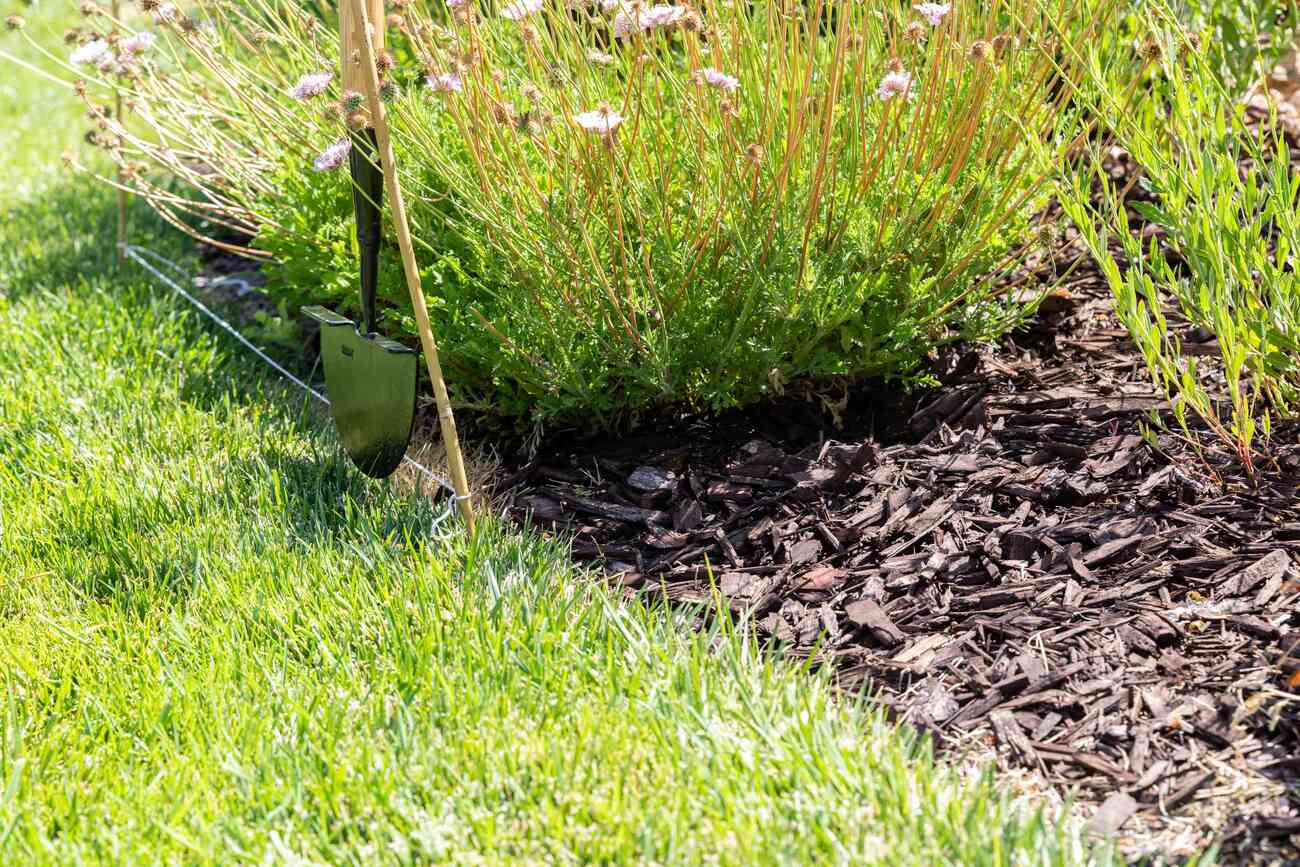
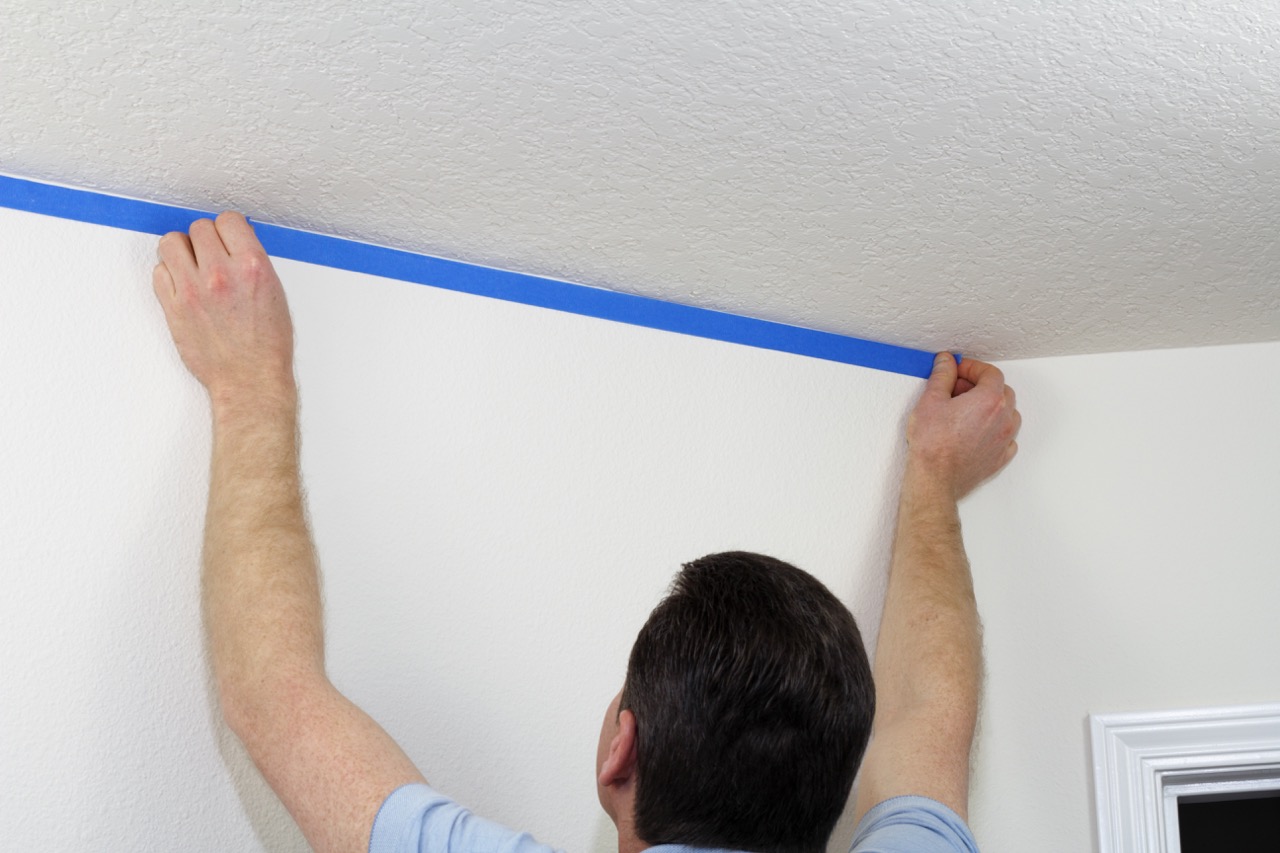

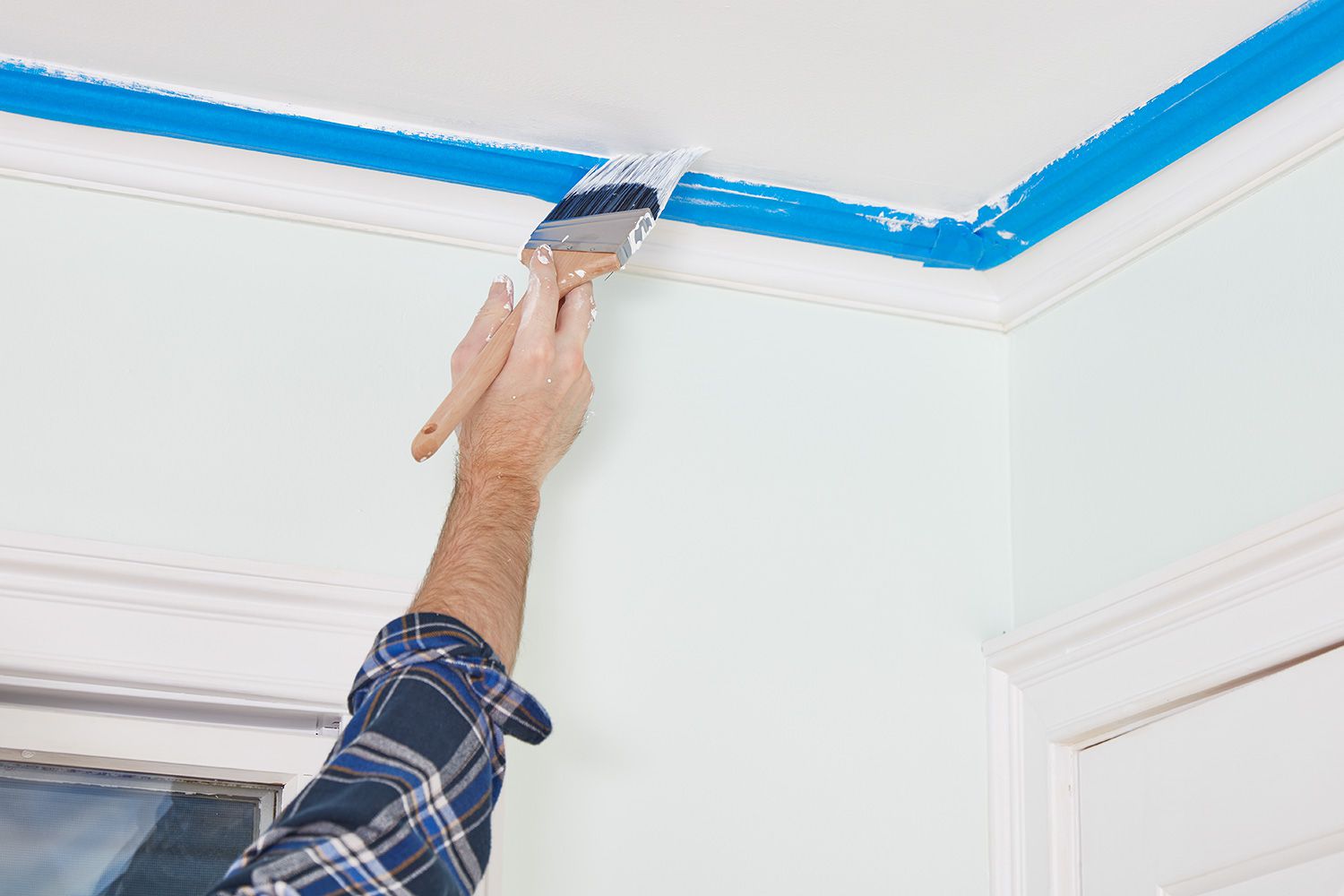

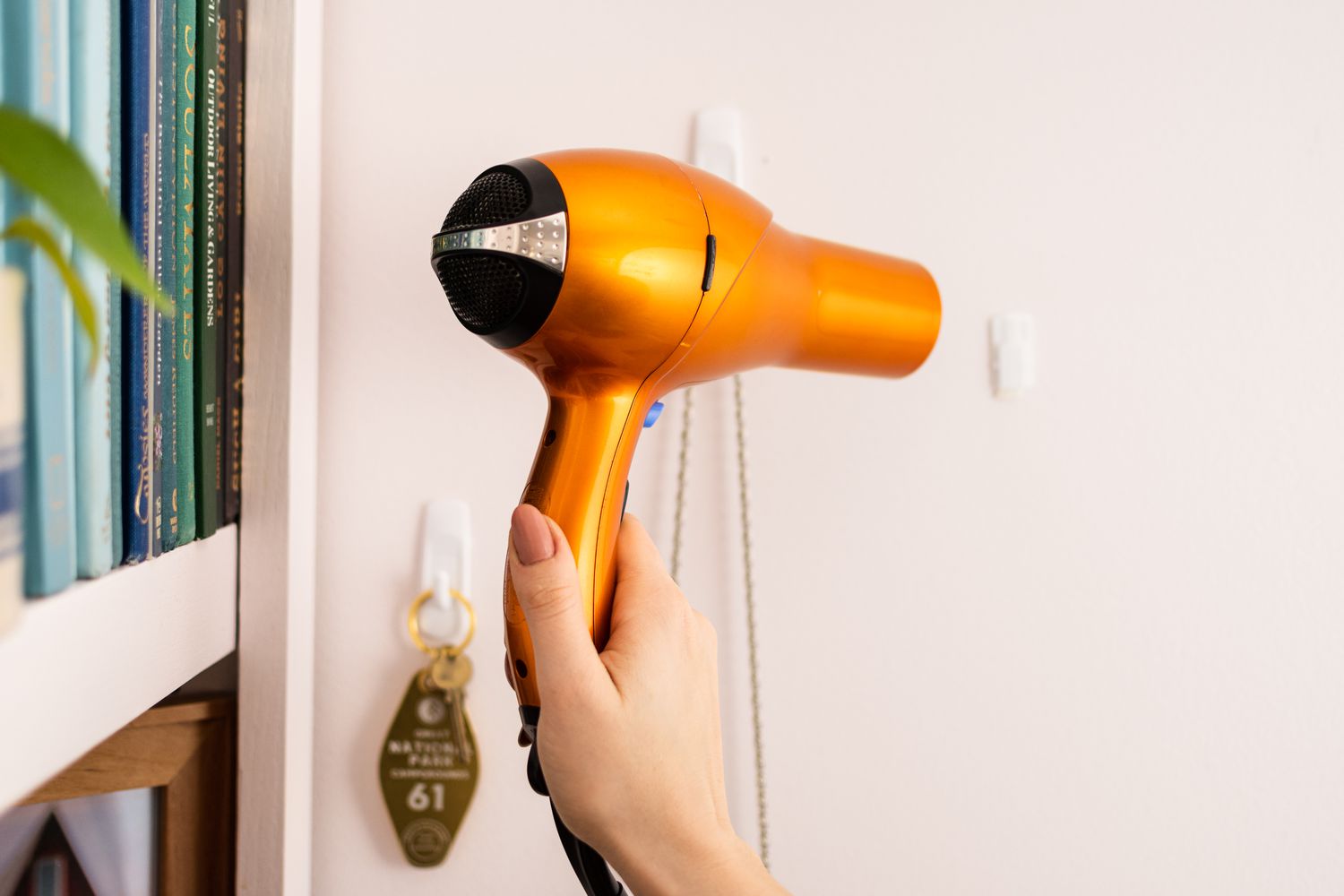
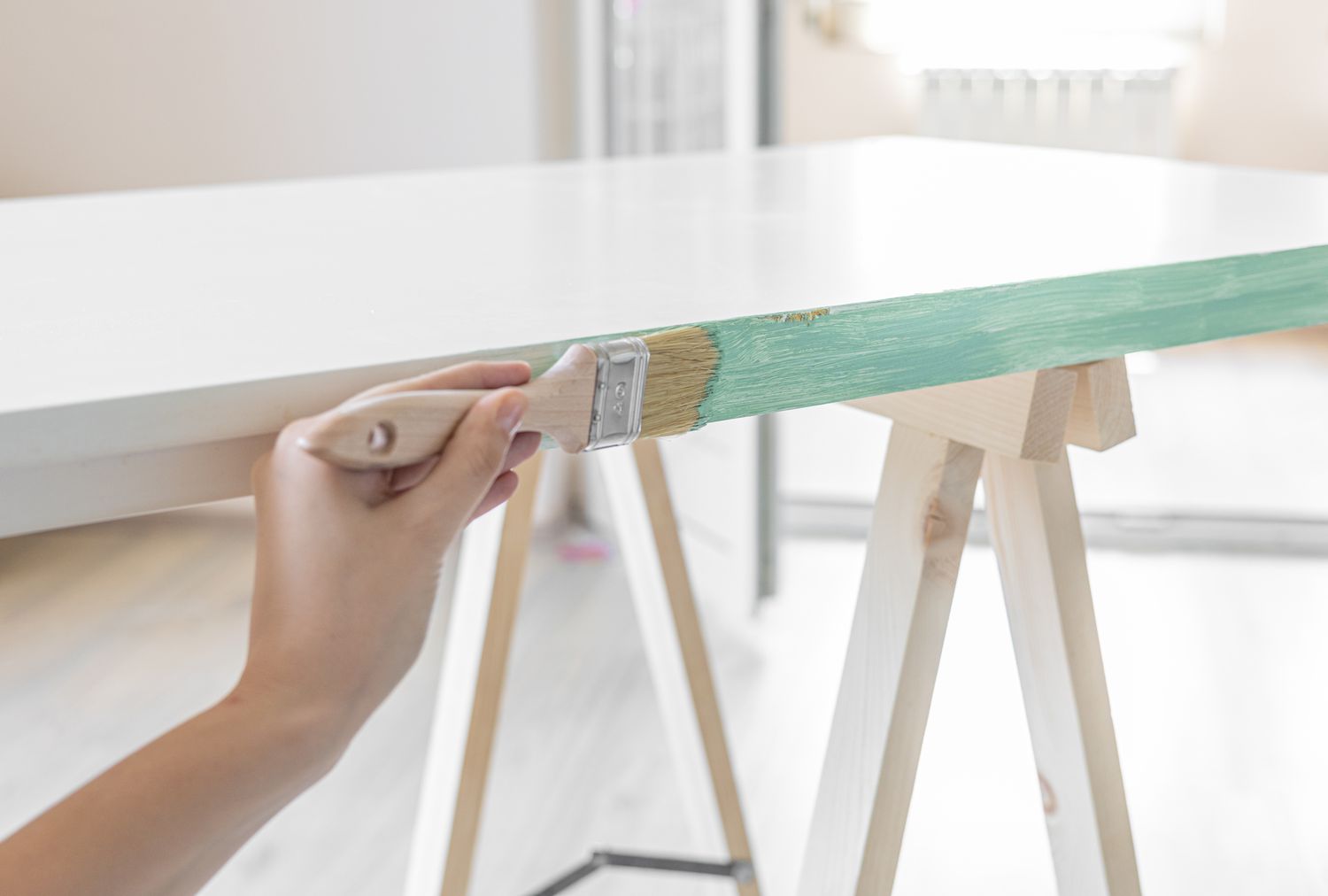


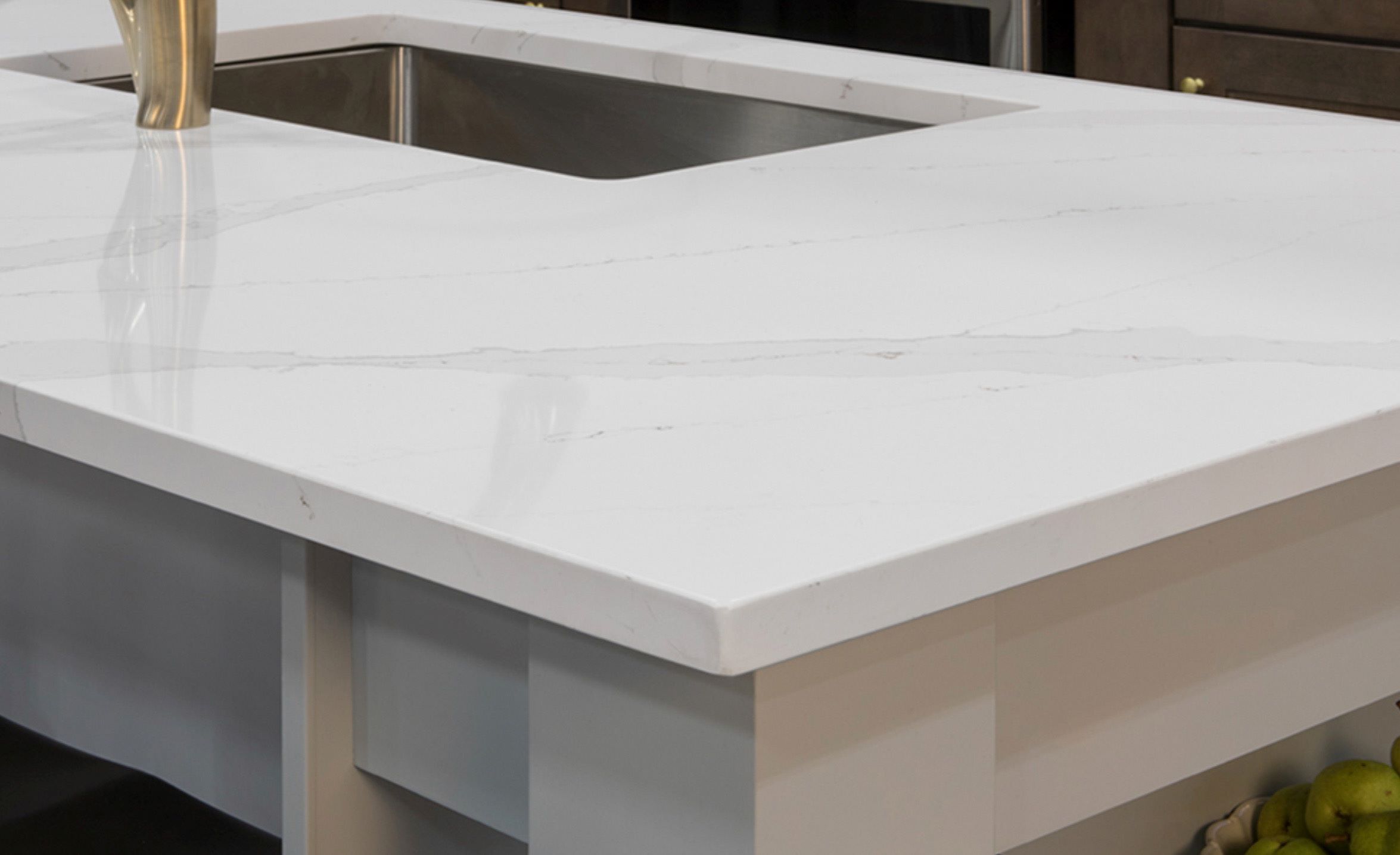



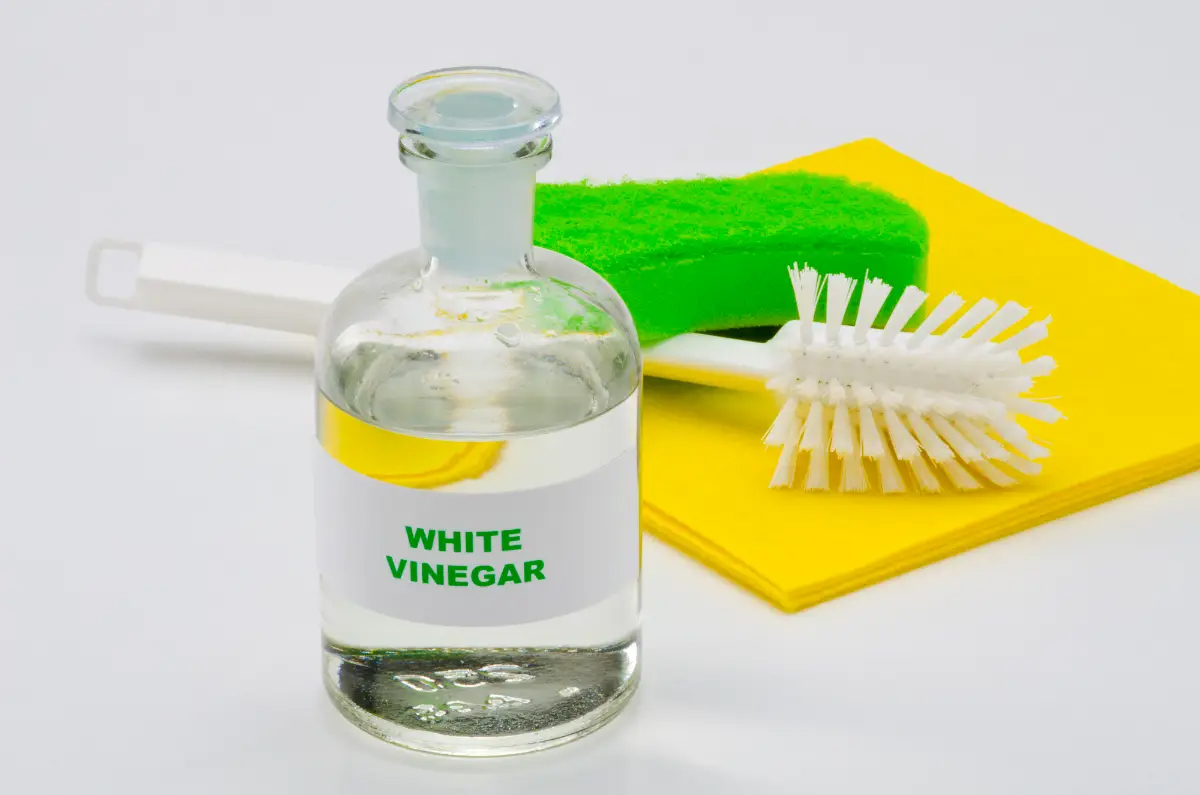

0 thoughts on “The Best Way To Paint Edges Without Tape For Quick Cutting In”